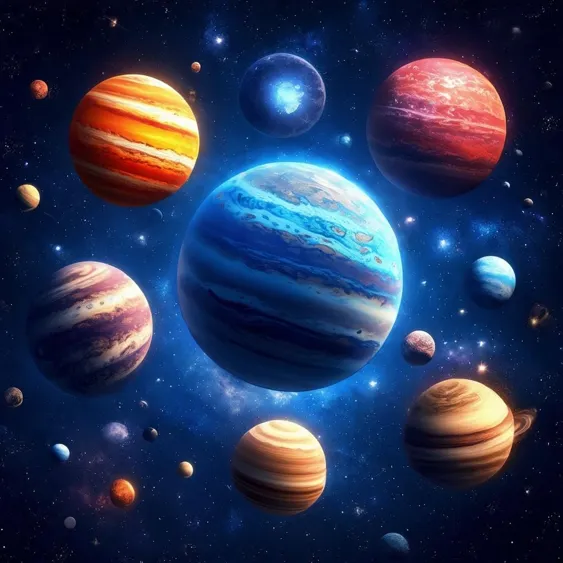Mysteries of Ultra-Short-Period Exoplanets

The discovery of ultra-short-period exoplanets represents a significant moment in the field of astrophysics. As we humankind chart the stars, understanding these celestial bodies not only expands our knowledge of the universe but also challenges our preconceived notions about planetary formation and evolution. At the heart of this finding lies a critical inquiry about how planets thrive in extreme conditions, which can have far-reaching implications for theories on planetary systems and the potential for life beyond Earth.
Ultra-short-period planets (USPs) are exoplanets that orbit their host stars in less than 24 hours, exhibiting characteristics markedly different from the familiar planets within our solar system. These rocky worlds are located incredibly close to their stars, sometimes at distances less than one-fiftieth that of Earth from the Sun. As a result, they can reach staggering surface temperatures exceeding 2000K, turning these bodies into what can only be described as "lava worlds". Traditional models of planetary evolution struggle to explain their existence, leading researchers to postulate various mechanisms for their formation, such as migration from distant regions of their stellar systems, or interactions with other celestial bodies that drive orbital changes over millions to billions of years.
Recent research, for instance, has been instrumental in piecing together the evolutionary puzzle of these ultra-short-period planets. A breakthrough study from Nanjing University's team, which utilized data from the Guo Shoujing Telescope, illustrates how the occurrence rate and orbital characteristics of these planets change with the age of their host stars. This effort shines a light on the dynamic processes that lead to the formation of USPs, suggesting that many of these planets are formed through tidal interactions over extensive time frames—a concept that further blurs the lines of classical planetary formation theories.
As we look to the heavens, it becomes clear that each discovery unearths more questions than answers. These ultra-short-period planets challenge our understanding of planetary systems and beckon us to revise our theories of cosmic formation. What will we uncover about the origins of these extreme worlds as our observational technologies continue to evolve?
Read These Next

Lenovo Launches Legion Battle 7000 Ryzen Edition Gaming Laptop
Lenovo launches Legion Battle 7000 Ryzen edition gaming laptop at an attractive price, featuring strong hardware specs, innovative cooling, and a competitive edge in the gaming market.

Red Magic's Jiang Chao: Affordable Gaming Tablet Incoming
Red Magic's Jiang Chao assures consumers that the upcoming gaming tablet will be competitively priced, hinting at surprises that could enhance consumer engagement and foster loyalty. The device features a leading-edge gaming experience that positions it well within the evolving tech landscape, yet it must navigate potential market fit challenges and competition.

Apple's visionOS 26 Upgrade Enhances Augmented Reality
This commentary explores Apple's significant upgrade to its augmented reality feature "Personas" in visionOS 26, analyzing its impact on the AR landscape and the company's strategic positioning.
